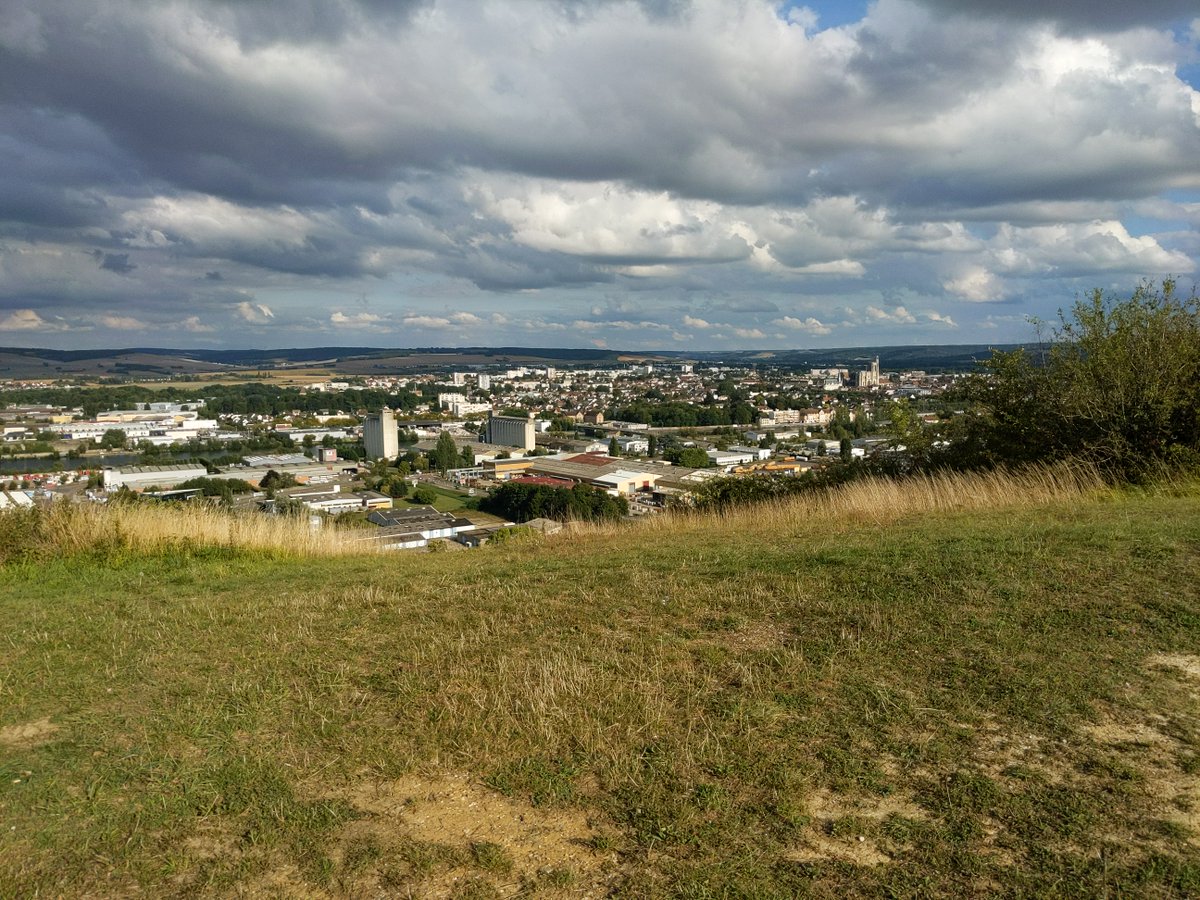
For possible later reference, here is a ✺meta-thread✺ linking to several (long) explanatory threads I've written in the past regarding epidemiology. Since I was often learning as I was tweeting, it's a bit of a mess, but I think it's still worth compiling: ⤵️ •1/9
Let's start with a thread on the basic deterministic SIR model, which was written quite early on (and I didn't fully understand the point made in the thread linked in the next tweet). •2/9
https://twitter.com/gro_tsen/status/1236324650315059200
A thread on the difference (“overshoot”) between “herd immunity threshold” and “final attack rate” in the SIR model. •3/9
https://twitter.com/gro_tsen/status/1308331739077582850
On the way the reproduction number and, hence, collective immunity, are conditional to people's behavior. •4/9
https://twitter.com/gro_tsen/status/1324405641268645888
On the effect of heterogeneous susceptibility on herd immunity and attack rates (thread is fairly technical, but tweets 3–8 give the essential idea without equations). •5/9
https://twitter.com/gro_tsen/status/1373723334463139845
(Note: there was an earlier thread on the effect of heterogeneity, using a graph model instead of a deterministic SIR model, but I fear it may be even more difficult to understand, so I hesitate to link to it.) •6/9
https://twitter.com/gro_tsen/status/1258835372315901952
Numerical simulations of multiple variants (with cross-immunity) competing in a population, showing how unpredictable it is. •7/9
https://twitter.com/gro_tsen/status/1367925767854841857
An important caveat concerning vaccine efficacy: “x% effective in 100% of people” and “100% effective in x% of people” lead to very different epidemic dynamics.
https://twitter.com/gro_tsen/status/1419793240295985160Coda:
https://twitter.com/gro_tsen/status/1420062539086503936•8/9 https://t.co/if8CoqiZma
On the inevitability of herd immunity, and its relation to the “endemic state”. •9/9
https://twitter.com/gro_tsen/status/1427930508684582913
• • •
Missing some Tweet in this thread? You can try to
force a refresh







